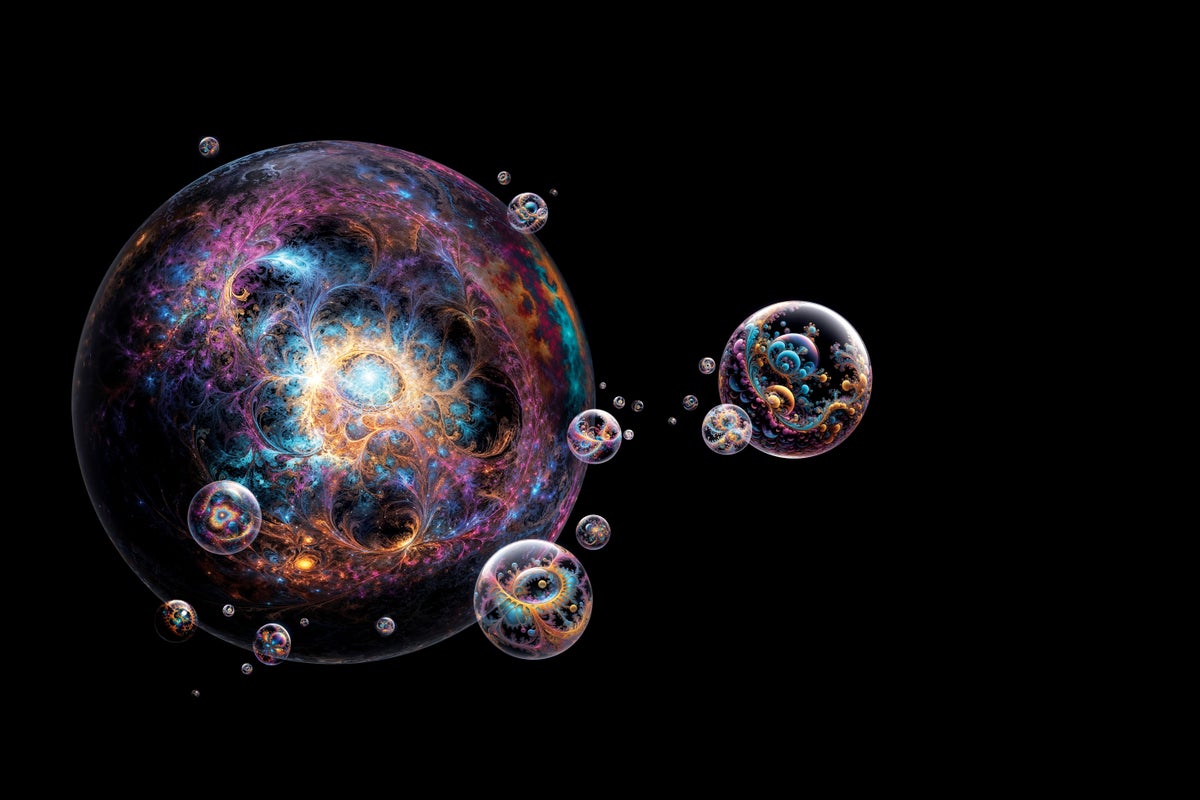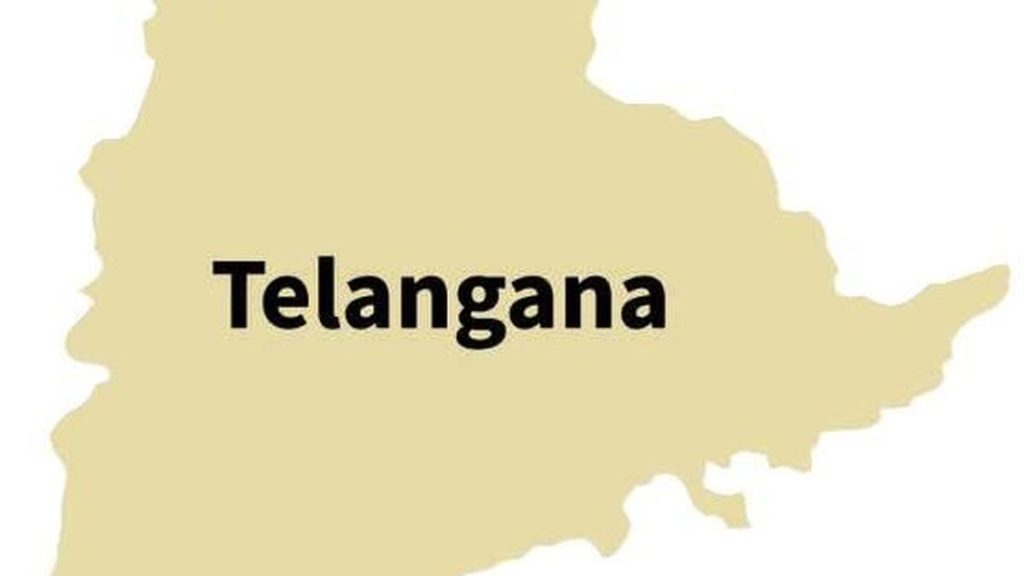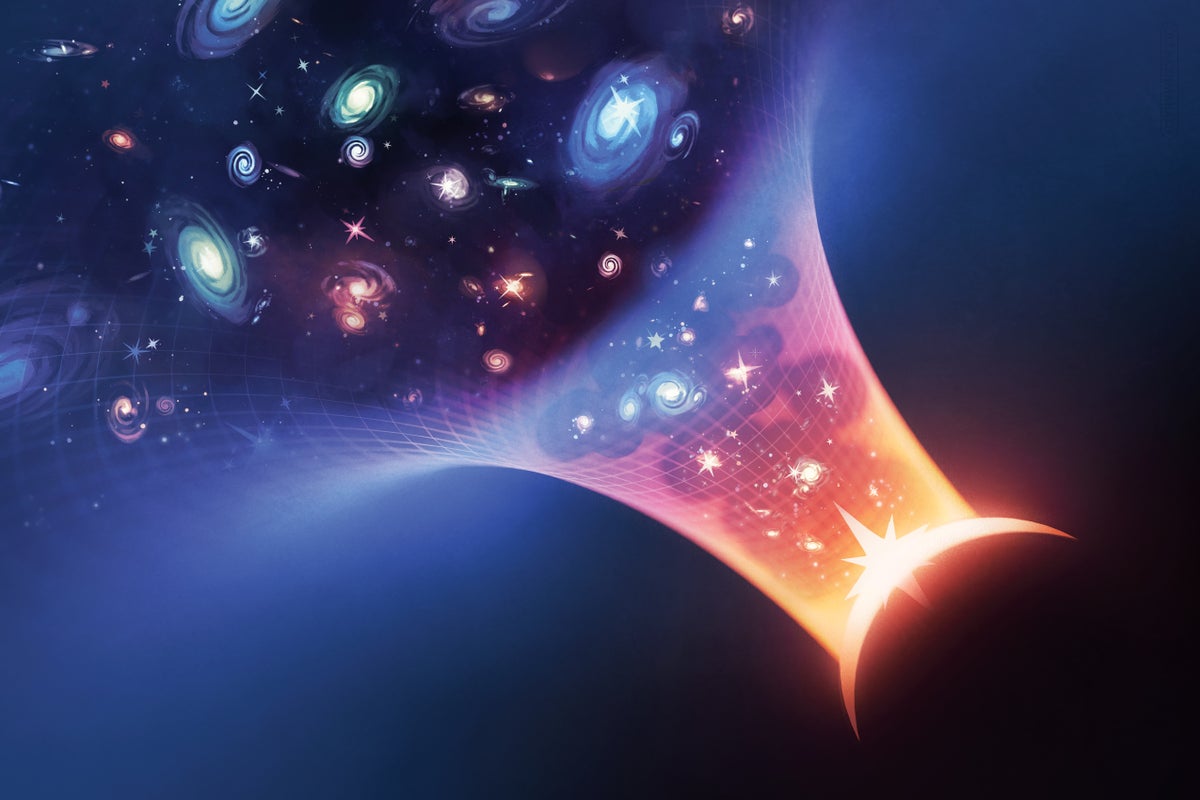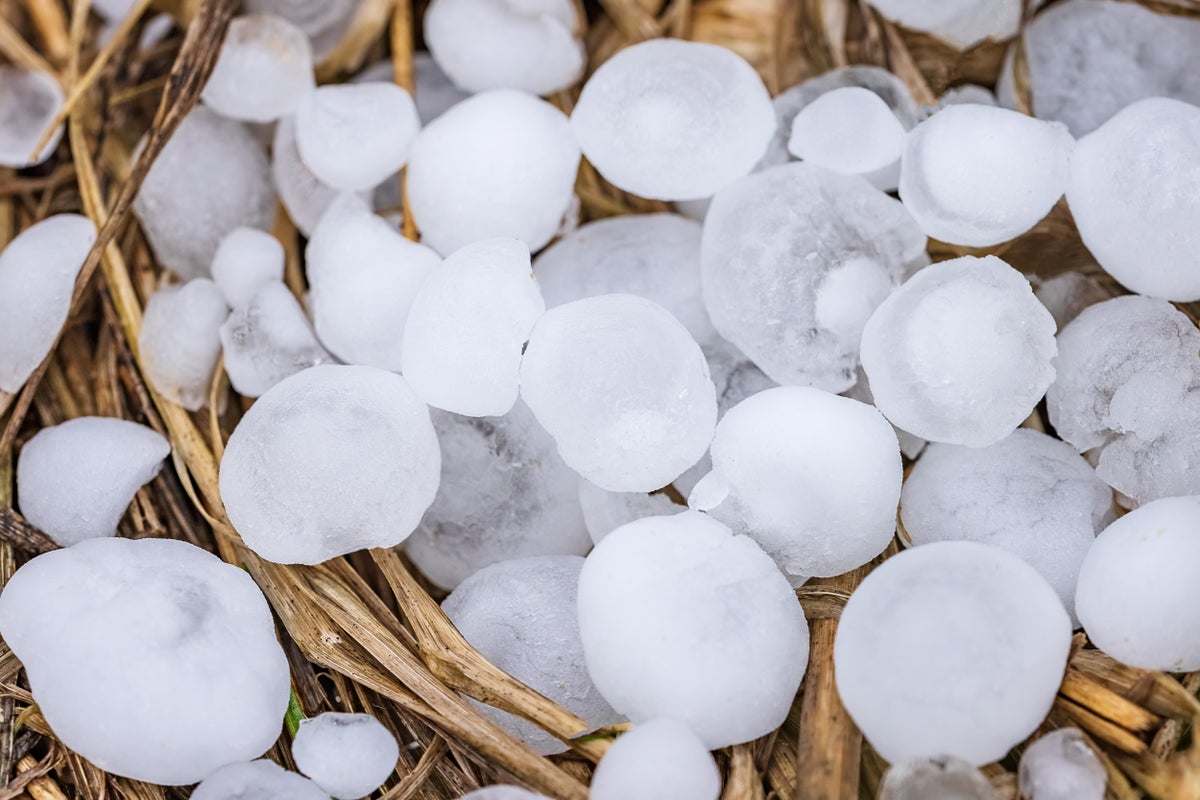Now Reading: Quantum Bubble Might Trigger the Universe’s End
-
01
Quantum Bubble Might Trigger the Universe’s End
Quantum Bubble Might Trigger the Universe’s End

Fast Summary:
- Vacuum Decay: A theoretical natural disaster triggered by changes in teh Higgs field, creating a universe-destroying bubble moving at the speed of light.
- Mechanism: The Higgs field, responsible for particle masses, could “tunnel” to a true vacuum state where life and matter cannot exist. This is highly unlikely but not unachievable according to quantum mechanics.
- Probability: Current calculations find an infinitesimal chance (1 in 10868) of such an event occurring near Earth.
- Influence of Black Holes: Tiny black holes might seed vacuum decay bubbles through extreme spacetime curvature, though no such primordial black holes have been found so far.
- Uncertainty and Future Findings: Vacuum decay depends on factors like new fields/forces unknown to the Standard Model of Physics. Improved particle collider measurements may refine likelihood estimates.
Indian Opinion Analysis:
This exploration underscores both India’s role in advancing scientific inquiry through institutions like the International Center for Theoretical Sciences and its eagerness to contribute innovative ideas globally (e.g.,Ashoke Sen’s survival-through-space-expansion proposal). Such intellectual pursuits reaffirm India’s position as a significant player in cutting-edge physics research.
The implications for India are primarily educational and scientific. Discussions on phenomena like vacuum decay may spark interest among students and scientists alike while reinforcing support for basic research funding within India’s evolving science ecosystem. While this topic remains abstract with negligible real-world threat today, fostering long-term involvement will aid india’s ability to contribute meaningfully when facing broader cosmological questions that unite humanity in curiosity and collaboration.

























